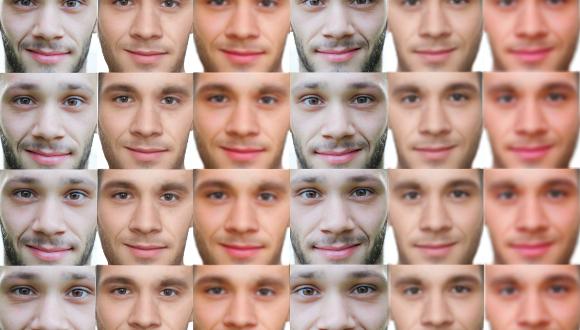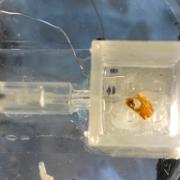Is Seeing Really Believing?
Deep Fake Technologies Create New Reality
Deep Fake Technologies Create New Reality
Technology has proven time and again to have had such a beneficial effect on our world, whether that be creating food sources, clean water, or even curing the coronavirus. However, the Deep Fake technology, like many other innovative tools, if in the wrong hands, could pose a tremendous threat to the world.
Deep Fake is an Artificial Intelligence technology that can place one`s face in the video of another person (easy replica in videos, for example). Not only does it look real, it’s also harder to detect fraud, which can easily be used for identity, financial or social fraudulence.
Prof. Irad Ben-Gal from the Department of Industrial Engineering, the head of The Laboratory for AI, Machine Learning, Business & Data Analytics (LAMBDA) was recently interviewed by Walla News on the risks of Deep Fake technologies during the elections. Prof. Ben-Gal explains that application of Deep Fake technologies can be legitimate and have a positive effect if properly used. Among other things, he discussed deep network models and the options nowadays to create accurate simulations of reality in applications such as smart cities and epidemiological models of infection.
The study
Conducted in collaboration with Dr. Erez Shmueli, from the Department of Industrial Engineering, this study showed the most effective ways of disseminating information was by using regular people in your social network who respond and discuss new opinions that you have just been exposed to. Opposite to celebrities, when regular users retell and circulate the new information, it creates local effect that makes the information more apparent on the web. This was the tactic that Cambridge Analytica used to target Facebook users during the first campaign of Trump.
This study was done as a follow up to the research of Dr. Alon Sela, who holds PhD from the Industrial Engineering Department at Tel Aviv University in collaboration with Prof. Shlomo Havlin and Dr. Louis Shechtman. They examined models of spreading opinions in modern society, and in their research, they compared two spreading mechanisms: “Word-of-Mouth” (WOM) and online search engines (WEB). In their study, the researchers applied modelling and real experimental results. This way, they compared opinions that people adopt through their friends and opinions they embrace when using a search engine based on the PageRank (and alike) algorithm.
The research findings showed that the opinions adopted through the use of WEB scheme is more homogenous. People using the search engines follow just a few dominant views without having a variety of different opinions, a phenomenon known as “the richer gets it all”. In contrast, WOM scheme produces more diverse opinions and their distribution.
Combining the physical world with the digital world
 The “Digital Living 2030” project, spear-headed by Ben Gal and Professor Bambos at Stanford University, is concerned with connecting the digital world and the physical worlds as trends are analyzed about our future lives 10-15 years from now. Ben Gal explains that an avatar (digital character) can be created to represent a person in the digital space for a positive purpose. “Imagine an expert radiologist whose digital character has learned from all his past data about medical imaging so that others can work using his digital character when his physical character is no longer present, for example, when he sleeps at night.”
The “Digital Living 2030” project, spear-headed by Ben Gal and Professor Bambos at Stanford University, is concerned with connecting the digital world and the physical worlds as trends are analyzed about our future lives 10-15 years from now. Ben Gal explains that an avatar (digital character) can be created to represent a person in the digital space for a positive purpose. “Imagine an expert radiologist whose digital character has learned from all his past data about medical imaging so that others can work using his digital character when his physical character is no longer present, for example, when he sleeps at night.”
The research helps better understand the situation with the Deep Fake technology. Since the technology is available now for commercial use, it can be “used and abused” by anyone exposed to it. Fake videos can be produced in big amounts by ordinary people that are connected on social network and can affect each other`s opinion.
In the last days of an election campaign, this kind of activity can dramatically change the results, and “even if the fraud is detected at the end of the day, it will be too late.” – says Prof. Ben-Gal. “From the other side, having a diversity of opinions, new and not ordinary, is essential and enriching. If the application of technology is legitimate and reliable, it can enrich the body of human knowledge with diverse opinions.”
Loving the problem is the greatest way to invent







